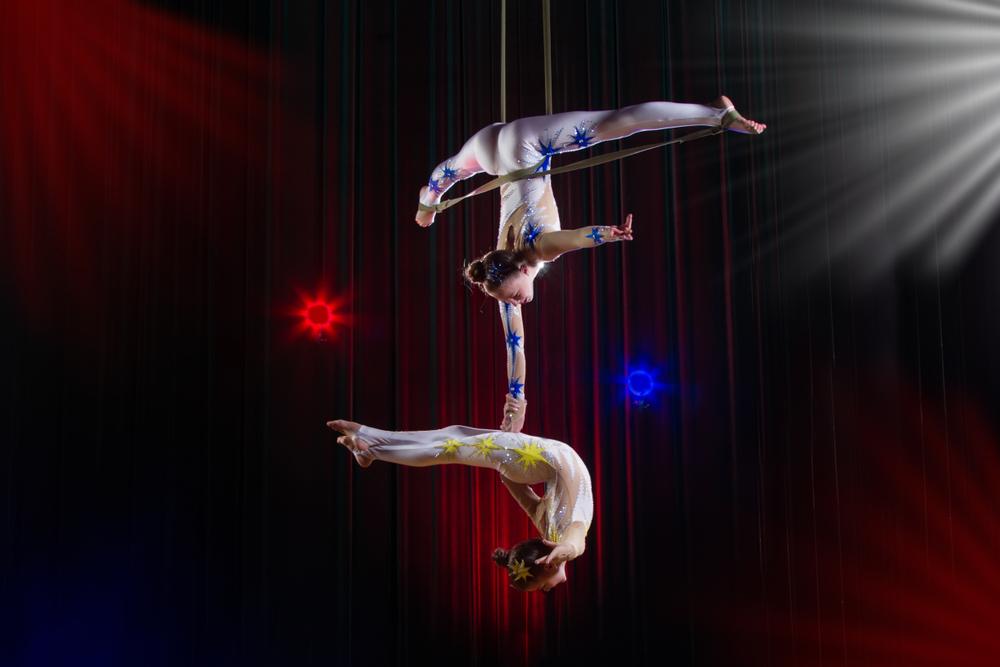I had the opportunity to ride in a hot air balloon during the mass ascension at the Albuquerque International Balloon Fiesta. The Fiesta is known for its mass ascension when balloons rise up into the air in multiple waves. The ascension is a brilliant display of colorful balloons flying above the city. Frankly, it takes a unique set of skills to participate without crashing.
When you’re flying in a basket beneath a huge hot air balloon, you can’t see where you are in relationship to the other balloons. The curve of the balloon hides your proximity to other balloons so the best way to track your location is by watching the balloon shadows on the ground.
Hot air ballooning is interesting because, at first glance, the assumption is that you fly in the direction of the wind. In Albuquerque, however, one of the main attractions for serious hot-air balloonists is that depending on your altitude, you can find air currents traveling in many different directions. With knowledge of altitude and wind direction, you can actually influence where your balloon goes.
4 Lessons on change from hot air ballooning
Traditionally we think change is driven from the top, creating a chain reaction down through the organization. The focus is on the changes we want to see, and the ways we can direct and control the variables to achieve that result. Hot air ballooning works differently because, by its nature, direct control doesn’t exist. If you’re lucky (and good enough) you can only influence where you fly. Your strategies are informed by (and rely on) the knowledge and skills you’re using during your crucial launch.
We can learn from this approach, and find different ways to initiate and sustain change in our organizations. Here are four lessons on rethinking our relationship with change in a living system, from the sport hot air ballooning.
- External context matters. When we focus on organizational change, we often see the surface context, like the readiness or urgency that exists in relationship to the change initiative. Hot air ballooning teaches us to go deeper into context. When you’re in the air, you have to pay attention to the external context. What’s going on outside of you and your balloon? What’s going on outside your organization that is influencing your organization? For example, the pandemic and other world events are impacting us personally in our family and friendship groups. As a result these emotions are bleeding into the context of our organization.
If we don’t pay attention to context, we’ll be blindsided by the dynamics inside and outside of the organization.
- Decisions must be made based on everything around you, not in isolation. The nature of the mass ascension in the Albuquerque Fiesta is that you have A LOT of company in your air space. The sky gets crowded and if you don’t pay attention to the traffic you may be in trouble. Similarly, as leaders, we must expand our viewpoint when making decisions. That means paying close attention to connections and relationships happening in the larger system. With this expanded viewpoint, we’ll make better decisions based on a larger system awareness.
- Knowledge, learning, and fast adaptation are essential. We used to think that when a positional leader changed positions on an issue it meant that they were wishy-washy, and not a strong leader. Hot air ballooning teaches us that if you aren’t learning rapidly and adjusting your direction, decisions, and strategy as you go, you may be unable to avoid disaster.
- The focus is on influence, not control. Successful hot-air balloonists focus on skill and knowledge, not control. Hot air balloons rise with the help of propane gas but are powered by the wind. When it comes to change, traditional leaders usually focus on controlling the direction, timing, and actions for a specific outcome. This level of control is expensive, requiring staff, money, and oversight to keep things going in the desired direction. Hot air ballooning teaches us to focus on what we can influence, not on what we can control. It’s a more efficient and far less costly approach
These lessons from hot air ballooning represent good strategies for change. However, it requires a shift in our leadership mindset to view a larger system that is not static, but alive, constantly changing, and always influencing us.






